#Jean-François Bony
Text
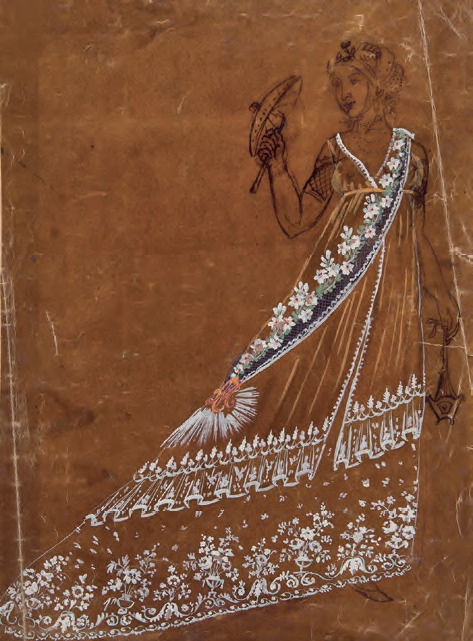
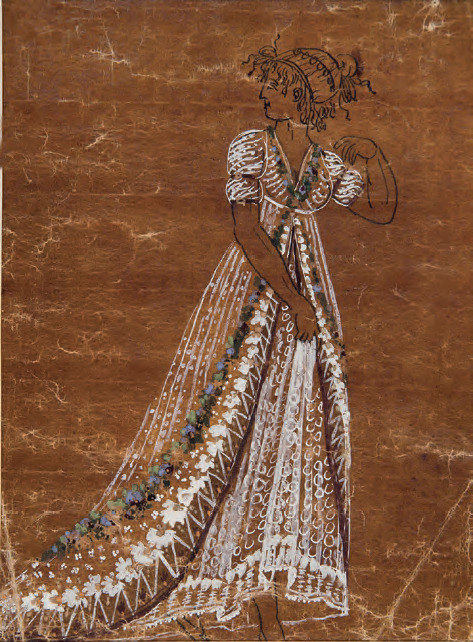
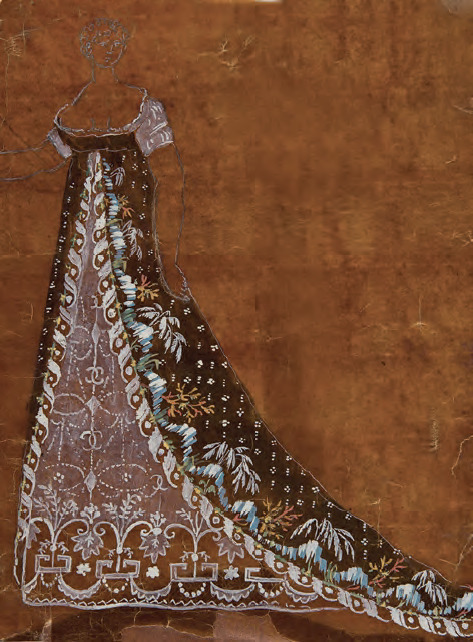

Empire style dress designs made by Jean-François Bony
c. 1803, France, Napoleonic era
#Jean-François Bony#Bony#France#empire style#napoleonic era#napoleonic#French fashion#first french empire#french empire#fashion#fashion history#dresses#19th century#history#history of fashion#historical fashion#19th century fashion#regency#empire#regency fashion#1800s
403 notes
·
View notes
Photo
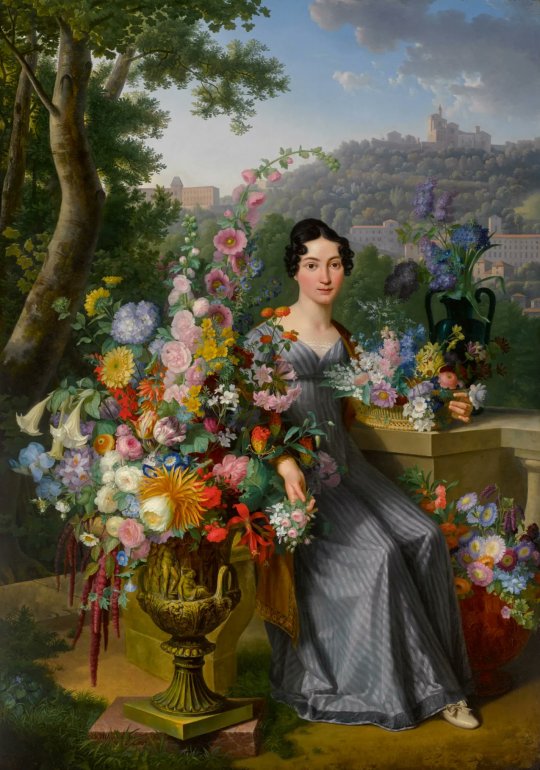
Jean-François Bony (French, 1754-1825)
Portrait of Mademoiselle Albert, 1817
oil on canvas
52 notes
·
View notes
Text

Designs for a dress from the workshop of Jean-François Bony, 1803.
157 notes
·
View notes
Photo
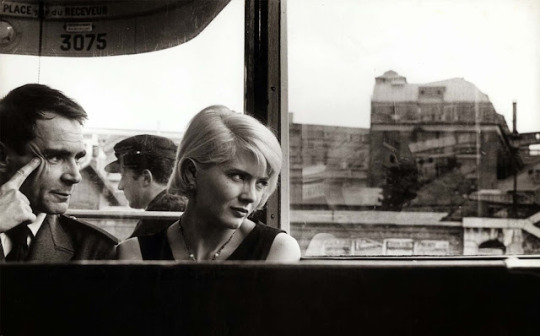
Antoine Bourseiller and Corinne Marchand in Cléo From 5 to 7 (Agnès Varda, 1962)
Cast: Corinne Marchand, Antoine Bourseiller, Dominique Davray, Dorothée Blanck, Michel Legrand, José Luis de Vilallonga, Loye Payen, Lucienne Marchand, Serge Korber. Screenplay: Agnès Varda. Cinematography: Paul Bonis, Alain Levent, Jean Rabier. Production design: Jean-François Adam. Film editing: Pascale Laverrière, Janine Verneau. Music: Michel Legrand.
Has any director ever so successfully combined the keen editorial eye of the documentary filmmaker with the storytelling gifts of the creator of fictional films as Agnès Varda? From the beginning, with the vivid setting of the small Mediterranean fishing community of La Pointe Courte (1955) serving as background and correlative for the troubles of a married couple, Varda has known how to reverse Marianne Moore's formula of "imaginary gardens with real toads in them" and tell stories about imaginary people in real places. The real place in Cléo From 5 to 7 is the city of Paris, where Varda continually finds ways to enhance her slice-of-life story of pop-singer Cléo, waiting out the results of a medical test that she is sure will doom her to death from cancer. When her protagonist leaves the sanctuary of her apartment and wanders the streets of the city, Varda continually finds little bits of memento mori to insert into the frame, such as the Pompes Funèbres sign on a mortician's place of business that we glimpse from the windows of the bus in which Cléo is riding. It's not done with a heavy hand, but rather with a slyly macabre irony, for Cléo is as much a target of Varda's wry humor as she is an object of concern. We glimpse her vanity and frivolity and superstition while we also feel sympathy with her anxiety and fear of death.
2 notes
·
View notes
Photo
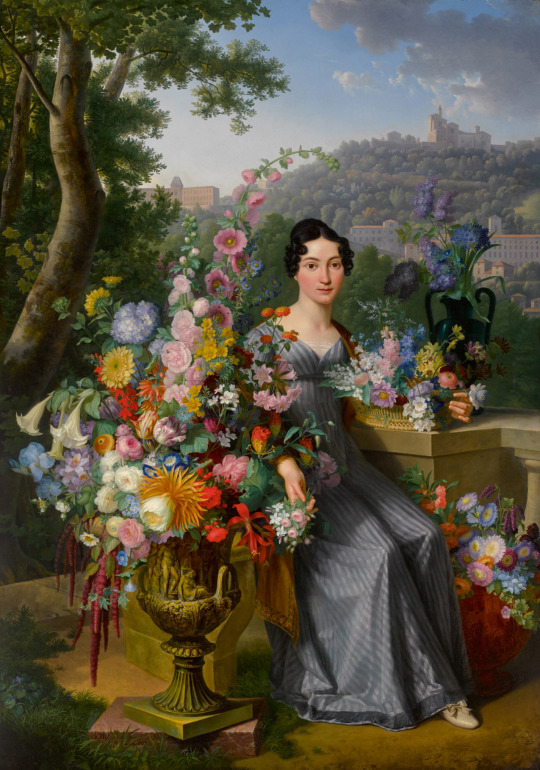
1817 Jean-François Bony - Portrait of Mademoiselle Albert, full-length, seated in a landscape beside a stone vase and baskets filled with flowers
(Private collection via Sotheby’s)
512 notes
·
View notes
Photo



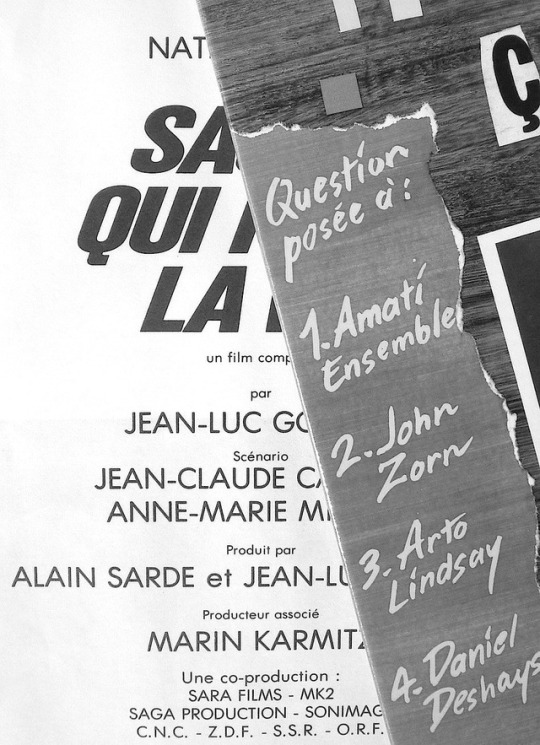

POST-SCRIPTUM 1002
AGITATION FRITE 3
Agitation Frite 1 et 2, Témoignages de l’underground français sont donc réédités par Lenka lente. Un troisième volume est sur le point de sortir, fait d’interviews pour moitié, mais aussi de textes cette fois, dont un TOP 607 commenté des meilleures productions en la matière. On en trouvera ici des extraits, régulièrement. Par exemple, des illustrations.
#bästard#daniel deshays#jean-luc godard#siegfried kessler#musique en chantier#gérard siracusa#louis sclavis#look de book#andré jaume#raymond boni#jon cage#philippe robert#agitation frite 3#agitation frite#lenka lente#jean-françois pauvros#noël akchoté#jean-marc montera#post-scriptum#merzbo derek
7 notes
·
View notes
Text

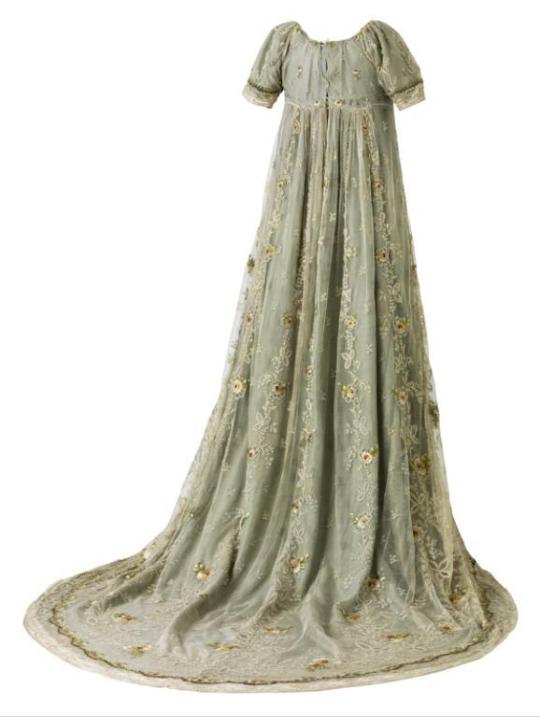

Court dress called “Joséphine” (Attributed to Jean-François Bony) (France, Lyon), circa 1804-1810
#jean francois bony#mdpcostume#19th c. costume#19th century#19th c. france#france#empire style#1800s#costume
689 notes
·
View notes
Photo

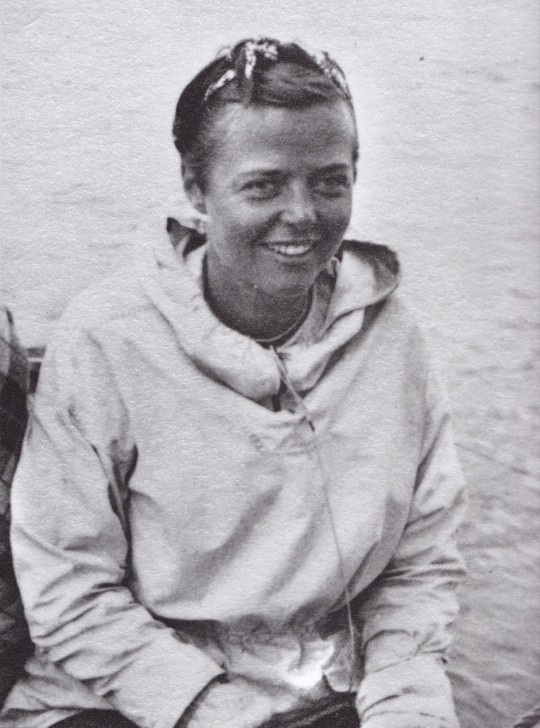
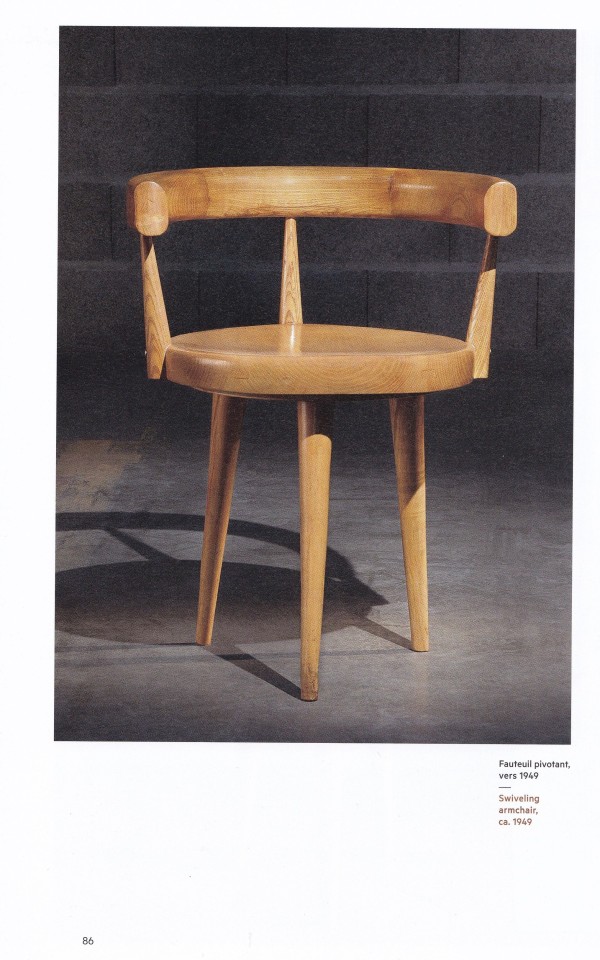




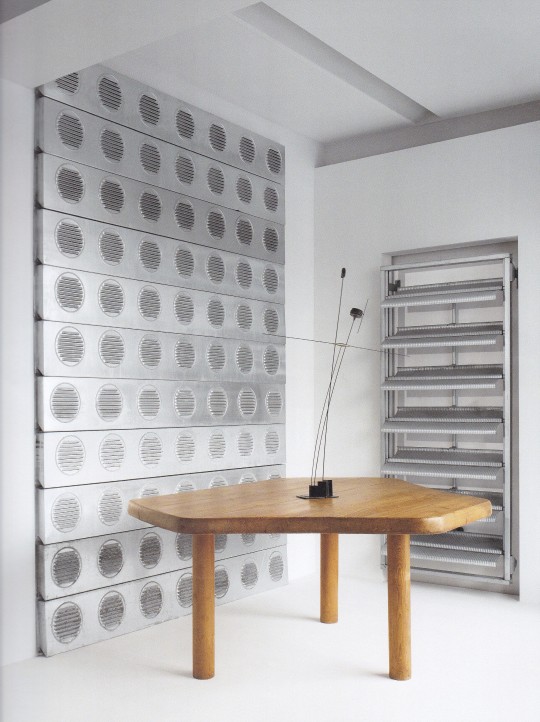
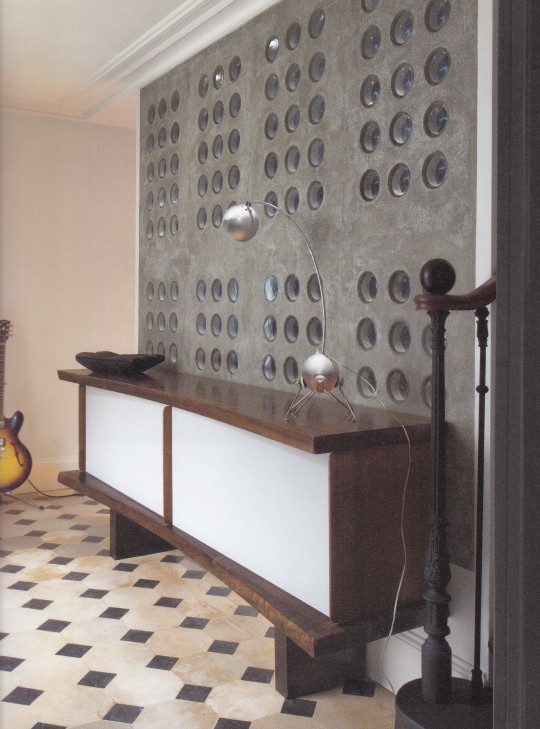

Living with Charlotte Perriand
Cynthia Fleury, Elisabeth Vedrenne e Anne Bony Edited by François Laffanour
Skira / Galerie Downtown- François Laffanour, Paris 2019, 365 pages, ISBN 9782370741042, Bilingual French and English text
euro 49,00
email if you want to buy [email protected]
Living with Charlotte Perriand presents a catalog of the great designer’s work, object by object. Her chairs, tables and bookshelves in all their different iterations are seen here both up close and "at home," as installed in the living spaces of collectors. Photographs of both historical and contemporary settings show how Perriand’s furniture stands the test of time and taste. Essays by François Laffanour and Cynthia Fleury provide a deeper insight into Perriand's work and retrace her life and collaboration with other great artists, designers and architects of her time, such as Le Corbusier and Jean Prouvé. Additionally, quotes from Perriand and the collectors who live with her designs are interpersed throughout the book.
Charlotte Perriand (1903–99) was a French architect and designer known for the playful mix of materials and styles in her furniture. In her article "L’Art de Vivre" (1981) she states, "The extension of the art of dwelling is the art of living—living in harmony with man’s deepest drives and with his adopted or fabricated environment."
08/09/20
orders to: [email protected]
ordini a: [email protected]
twitter:@fashionbooksmi
instagram: fashionbooksmilano, designbooksmilano tumblr: fashionbooksmilano, designbooksmilano
#Charlotte Perriand#Galerie Downtown#François Lafannour#architect and designer#chairs#tables#bookshelves#furniture stands#Le Corbusier#Jean Prouvé#collectors#Art de Vivre#designbooksmilano#fashionbooksmilano
49 notes
·
View notes
Photo

🏅The triumph of silk in 18th century - 📌The furniture of the Queen’s State Bedchamber in Versailles is one of the know in the world for paintings, films, photographies...but what about its fabrics? The were conceived around 1786, and after several proposals rejected by Queen Marie-Antoinette, in 1787 was installed the design we know today. The manufacturers were Lyonnais Prelle and Tassinari & Chatel, great purveyors of the royal family and nobility, and the brocades by Maison Brocard in Paris. The idea of this new style was to refresh all the room in warm summers, with white and vivid colors and cool textures. The current models (and furniture too!) were re-edited by @tassinari_et_chatel between 1946 and 1975 basing on a drawing by Jean-François Bony, because they disappeared after the French Revolution. Finally, we must highlight the structure carpentry, richly decorated in 1771 by Toussaint Foilot. @chateauversailles @tassinari_et_chatel (en Château de Versailles) https://www.instagram.com/p/CGk-IaegrzO/?igshid=hgvoz8f1d3p7
10 notes
·
View notes
Photo










Living with Charlotte Perriand
Cynthia Fleury, Elisabeth Vedrenne e Anne Bony Edited by François Laffanour
Skira / Galerie Downtown- François Laffanour, Paris 2019, 365 pages, ISBN 9782370741042, Bilingual French and English text
euro 49,00
email if you want to buy [email protected]
Living with Charlotte Perriand presents a catalog of the great designer’s work, object by object. Her chairs, tables and bookshelves in all their different iterations are seen here both up close and "at home," as installed in the living spaces of collectors. Photographs of both historical and contemporary settings show how Perriand’s furniture stands the test of time and taste. Essays by François Laffanour and Cynthia Fleury provide a deeper insight into Perriand's work and retrace her life and collaboration with other great artists, designers and architects of her time, such as Le Corbusier and Jean Prouvé. Additionally, quotes from Perriand and the collectors who live with her designs are interpersed throughout the book. Charlotte Perriand (1903–99) was a French architect and designer known for the playful mix of materials and styles in her furniture. In her article "L’Art de Vivre" (1981) she states, "The extension of the art of dwelling is the art of living—living in harmony with man’s deepest drives and with his adopted or fabricated environment."
08/09/20
orders to: [email protected]
ordini a: [email protected]
twitter:@fashionbooksmi
instagram: fashionbooksmilano, designbooksmilano tumblr: fashionbooksmilano, designbooksmilano
#Charlotte Perriand#Galerie Dowwntown#François Lafannour#architect and designer#chairs#tables#bookshelves#furniture stands#Le Corbusier#Jean Prouvé#collectors#Art de Vivre#design books#designbooksmilano
10 notes
·
View notes
Text
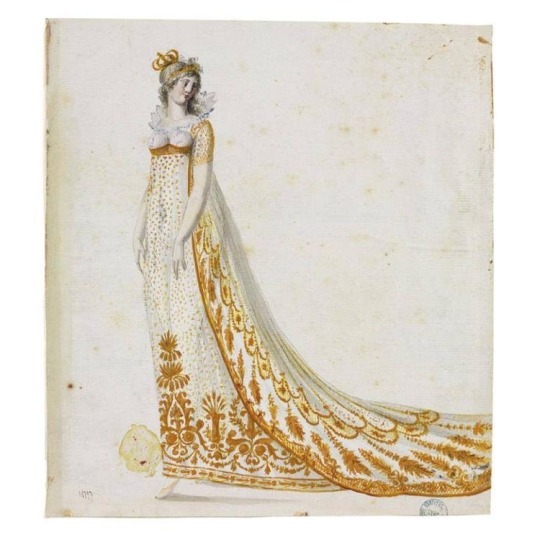
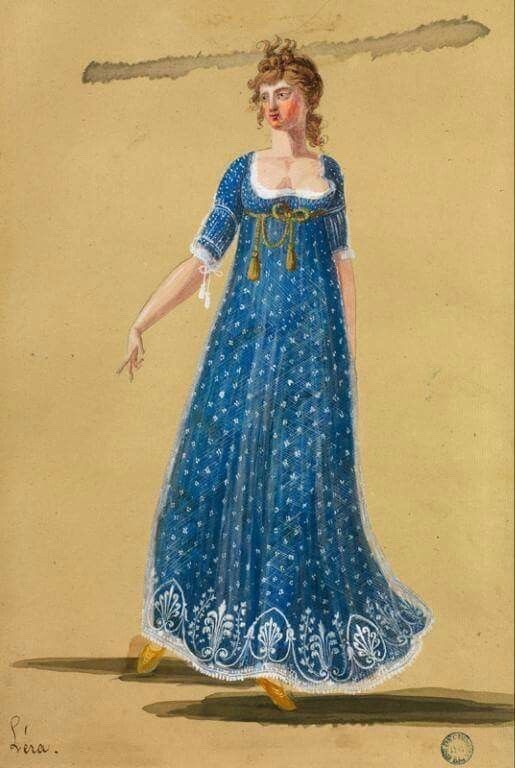
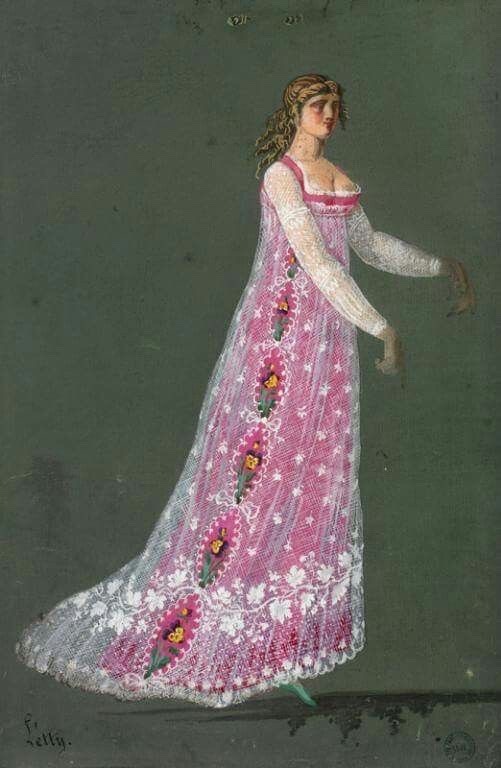


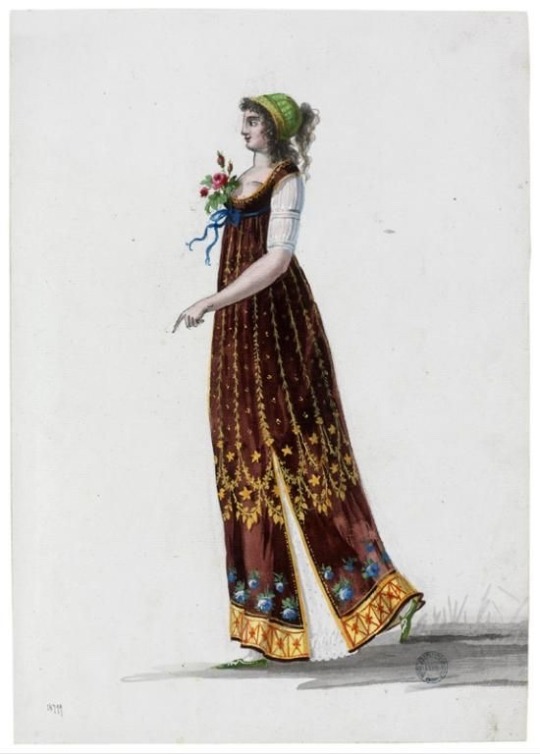

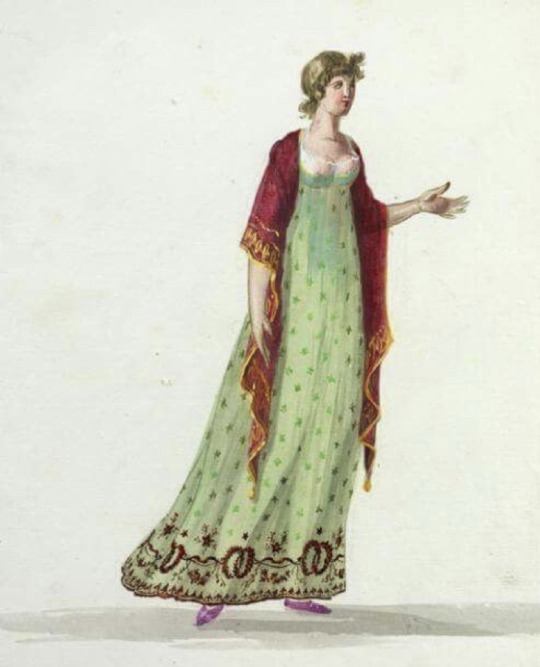

Fashion Plates by Jean-François Bony, French
Napoleonic era, early 19th century
Projet du robe / Musée de Tissus
Instead of the simple white dresses normally seen in Empire style, Bony designed more bright and colorful dresses.
#Jean-François Bony#bony#19th century#napoleonic era#first french empire#art#dresses#fashion#fashion plates#empire style#empire#napoleonic#empire period#France#French#french empire#1800s#1800s fashion#dress#historical fashion#history of fashion#fashion history#Lyon#Arts Décoratifs#textiles#regency fashion#regency era#regency#mode#embroidery
69 notes
·
View notes
Quote
Open the so-called body and spread out all its surfaces: not only the skin with each of its folds, wrinkles, scars, with its great velvety planes, and contiguous to that, the scalp and its mane of hair, the tender pubic fur, nipples, hair, hard transparent skin under the heel, the light frills of the eyelids, set with lashes—but open and spread, expose the labia majora, so also the labia minora with their blue network bathed in mucus, dilate the diaphragm of the anal sphincter, longitudinally cut and flatten out the black conduit of the rectum, then the colon, then the caecum, now a ribbon with its surface all striated and polluted with shit; as though your dressmaker’s scissors were opening the leg of an old pair of trousers, go on, expose the small intestines’ alleged interior, the jejunum, the ileum, the duodenum, or else, at the other end, undo the mouth at its comers, pull out the tongue at its most distant roots and split it. Spread out the bats’ wings of the palate and its damp basements, open the trachea and make it the skeleton of a boat under construction; armed with scalpels and tweezers, dismantle and lay out the bundles and bodies of the encephalon; and then the whole network of veins and arteries, intact, on an immense mattress, and then the lymphatic network, and the fine bony pieces of the wrist, the ankle, take them apart and put them end to end with all the layers of nerve tissue which surround the aqueous humours and the cavernous body of the penis, and extract the great muscles, the great dorsal nets, spread them out like smooth sleeping dolphins.
Jean-François Lyotard, Libidinal Economy
18 notes
·
View notes
Photo

Designs for a dress from the workshop of Jean-François Bony, 1803.
109 notes
·
View notes
Photo
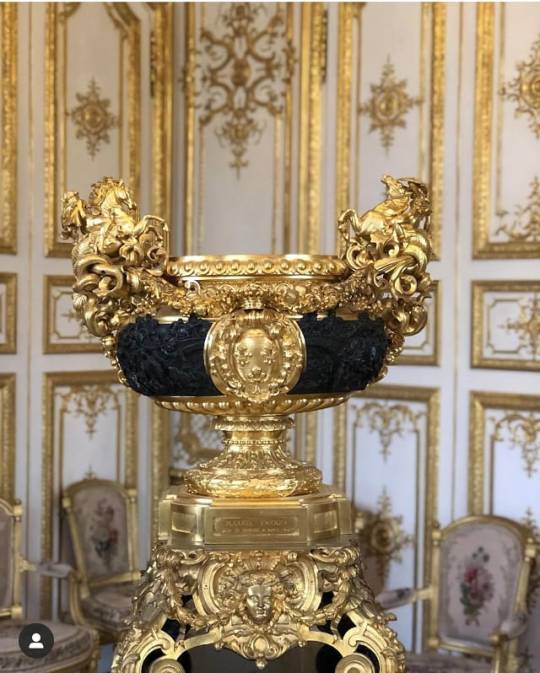
💖Le Grand Cabinet de Monsieur de Corde💖 (Not in inventory) 💞The Château de Chantilly (pronounced [ʃɑ.to də ʃɑ̃.ti.ji]) is a historic château located in the town of Chantilly, France, (30 miles) north of Paris.The estate's connection with the Montmorency familybegan in 1484. The first mansion (no longer in existence, now replaced by the Grand Château) was built, between 1528 and 1531, for Anne de Montmorency by Pierre Chambiges. The Petit Château was also built for him, around 1560, probably by Jean Bullant. In 1632, after the death of Henri II de Montmorency, it passed to his nephew, the Grand Condé, who inherited it through his mother, Charlotte Marguerite de Montmorency. Molière's play, Les Précieuses ridicules, received its first performance here in 1659. Madame de Sévignérelates in her memoirs that when King Louis XIV of France visited there in 1671, François Vatel, the maître d'hôtel to the Grand Condé, committed suicide when he feared the fish would be served late. The collection includes important works of the cabinetmaker André-Charles Boulle. The original mansion was destroyed in the French Revolution. It was repaired in a modest way by Louis Henri II, Prince of Condé, but the entire property was confiscated from the Orléans family, between 1853 and 1872, during which interval it was owned by Coutts, an English bank. Chantilly was entirely rebuilt, between 1875 and 1882, by Henri d'Orléans, duc d'Aumale (1822–1897) to the designs of Honore Daumet. The new château met with mixed reviews. Boni de Castellane summed up one line of thought: "What is today styled a marvel is one of the saddest specimens of the architecture of our era — one enters at the second floor and descends to the salons". In the end, the Duc d'Aumale bequeathed the property to the Institut de France upon his death in 1897. @artervous (at Chateau de Chantilly) https://www.instagram.com/oldeuropeantiques/p/BxQoJw2HwqO/?igshid=fmkbdorj0c36
8 notes
·
View notes
Photo
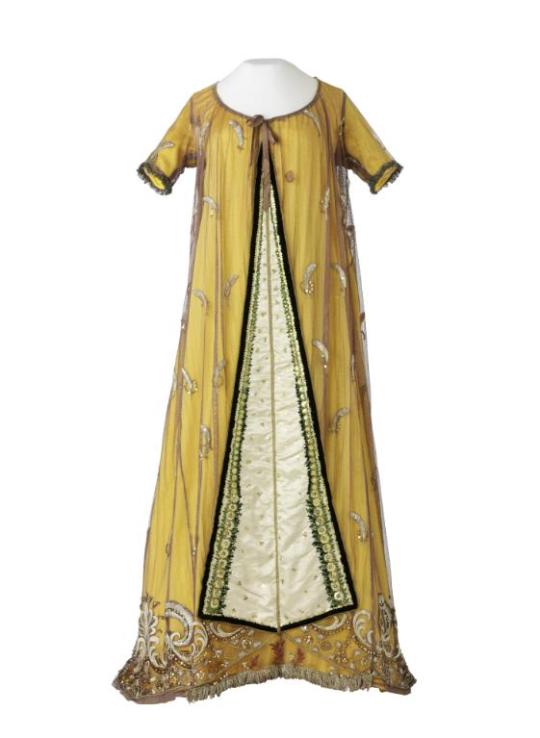

ab. 1810 Dress (Attributed to Jean-François Bony) (France, Lyon)
taffeta, satin application, velvet, sequins, bobbin lace
(Musée des Tissus et musée des Arts décoratifs, Lyon)
141 notes
·
View notes
